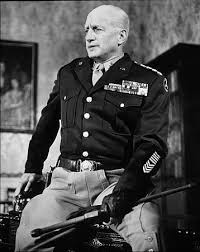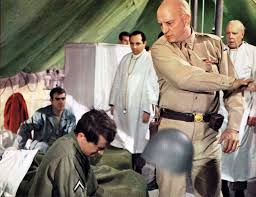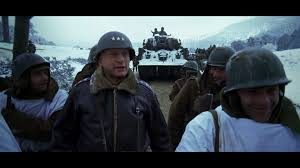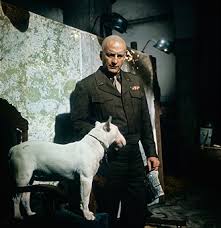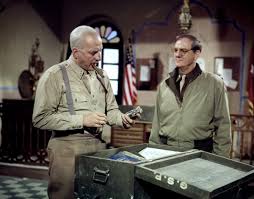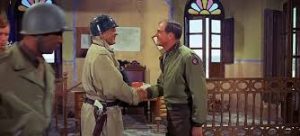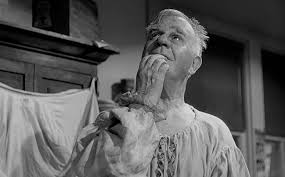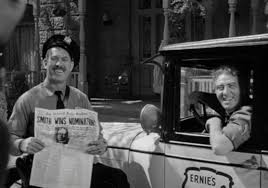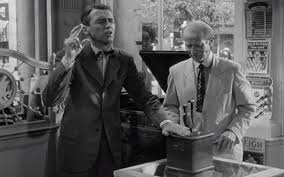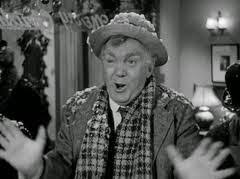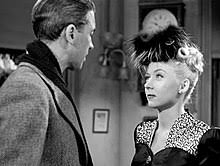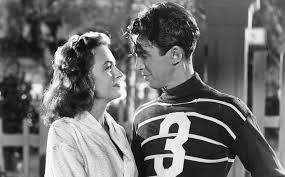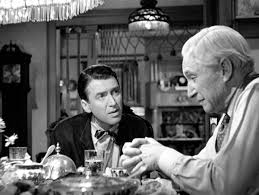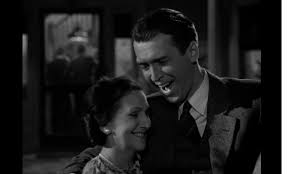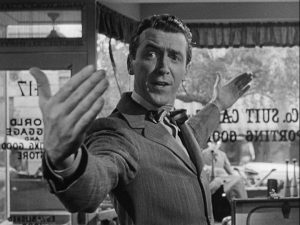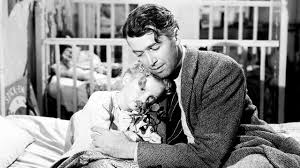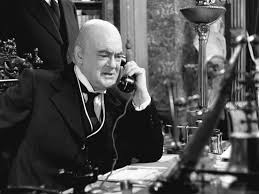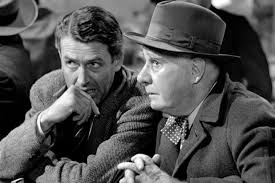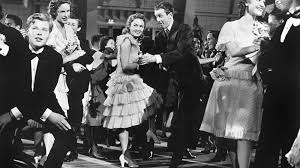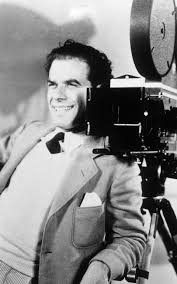I love disaster movies. Armaggedon, Independence Day, Poseidon Adventure – both 1972 and 2005 versions, the Terminator series, World War Z, Earthquake, San Francisco, Knowing, Deep Impact, Outbreak, Towering Inferno (released in 1974), The Tower (very similar story made in Korea in 2012), I Am Legend, Day of the Triffids (1962 and 2009 – though I haven’t seen the 2009 version it’s on my list of things to see), War of the Worlds (2005 and 1953), even that awful environmental wacko film Day After Tomorrow, and the poorly done TV series The Stand (though the book was well written). These movies span generations (San Francisco was released in 1936), cultures, and geography. The reasons for the disasters range from extraterrestrial aliens to homegrown superbugs, from man made robots to natural disasters. From world wide to the confined space of a single building these films are visual and emotional roller coaster rides that scare the daylights out of us, give us the good example of the protagonists who follow a moral code even in the face of great danger, and the horrible warnings of the characters who do not.
They also provide perspective. Being late for work because of a traffic jam or facing yet another April 15th tax season certainly isn’t as bad as being on the menu of a 50 foot ant or knowing your job is irrelevant because the city is about to: blow up, freeze over, or be incinerated. When you wake up to a city that is not overrun with zombies it’s not hard to face even Monday with a smile.
Disaster movies generally follow a certain formula – meet an ensemble cast of characters you learn to like, then watch as they face obstacles created by: monster, disease, natural event, etc. and wait breathlessly wondering who will make it to the credit roll. The challenges bring out the best and worst in people – some you expect, some you don’t. There are elements of humor and romance, LOTS of suspense and usually plenty of special effects. And there is not usually a lot of surprise in them once you have twigged to the familiar scenarios. But for me that is OK – it’s like the path of a favorite thrill ride.
However, there is one fairly recent theme phenomenon I have noticed cropping up of late with a handful of movies and I thoroughly approve of the addition.
SPOILERS – THOUGH I WILL TRY TO REFRAIN FROM GIVING AWAY WHO DOES AND DOES NOT SURVIVE.
Over the weekend, on our 33rd wedding anniversary trip Bryan and I went to go see San Andreas, the new earth shaker flick. The main protagonist, Ray (Dwayne “the Rock” Johnson) is a divorced emergency responder. Ray is on good terms with his ex – Emma (Carla Gugino) but is freshly coping with her having a new – and rich – boyfriend.
(Quick quiz – Gugino has a habit of playing stressed out moms in weird situations. She was the mater in a trilogy of rather spoofy espionage films about a husband and wife facing outrageous life threatening situations with their kids. Answer below).
Disaster happens and in the course of Ray’s endeavors to rescue his wife and teenaged daughter, he pretty much shows up his rival to re-win the respect of his child and the affections of his wife……. and I suddenly thought – hold on —– this scenario sounds AWFULLY familiar. Didn’t John Cusack do the same thing as a limo driver in 2012? In 2012 Cusack’s character gets advance notice of the coming Mayan-predicted end of the world so grabs wife, children and wife’s boyfriend to adventure out into a struggle against the obstacles between them and survival. Cusack ends up re-winning the affections of his ex-wife ……..and —– wait a minute – in Independence Day Jeff Goldblum realizes the visiting aliens aren’t ET so grabs his wife and her boss – who just happens to be the President of the United States (who is NOT a boyfriend, but her boss, though Goldblum’s character at one time THOUGHT they were involved so it counts) and together manage to rescue the world, and in the process re-wins the affections of his wife and ……….wait just a second!!! In Jurassic Park III William Macy and Tia Leoni are estranged. She has a boyfriend who is conveniently dispatched early (not much of a spoiler because we barely meet him in the beginning of the movie before he gets eaten). Together they go to outrace and out smart dinosaurs to rescue their son who is stuck on one of these dinosaur islands and before the movie is done they —- reconcile. Is there a pattern to be detected here?
This dovetails nicely with a two part post I’m working on which is coming up soon, near Father’s Day. But suffice to say that Hollywood, for all its inherent contempt for traditional families, seems to understand the life affirming fundamentally satisfying solidity of the traditional family structure.
There is an analogy here for all of us. Many families work, struggle, love and thrive with single parents, children of broken homes, and of homes headed by widows and widowers. There is great nobility in these homes because they are operating at a huge disadvantage. These four blockbuster movies reflect in concentrated microcosm the difficulties of daily living. I may not be leaping in front of an ultrasaurus or racing ahead of a 1000 foot tidal wave or blowing up a 6 mile wide meteor but as families we all face obstacles that seem potentially world shattering. These movies touch on our core instinct that understands the strongest template for protection, for success and for survival is the mom plus dad plus kids. There is something basic in our nature that recognizes almost anything can be accomplished, any obstacle overcome, any challenges can be broken by a mom and dad fighting for their children. While not all of us have the blessings of that armor, it is a structure we can teach our children to strive towards for their own protection and the protection of their own families against the tidal waves, the dinosaurs, and the natural disasters to come.
Answer – Spy Kids, Island of Lost Dreams, and Game Over
6-10-15


